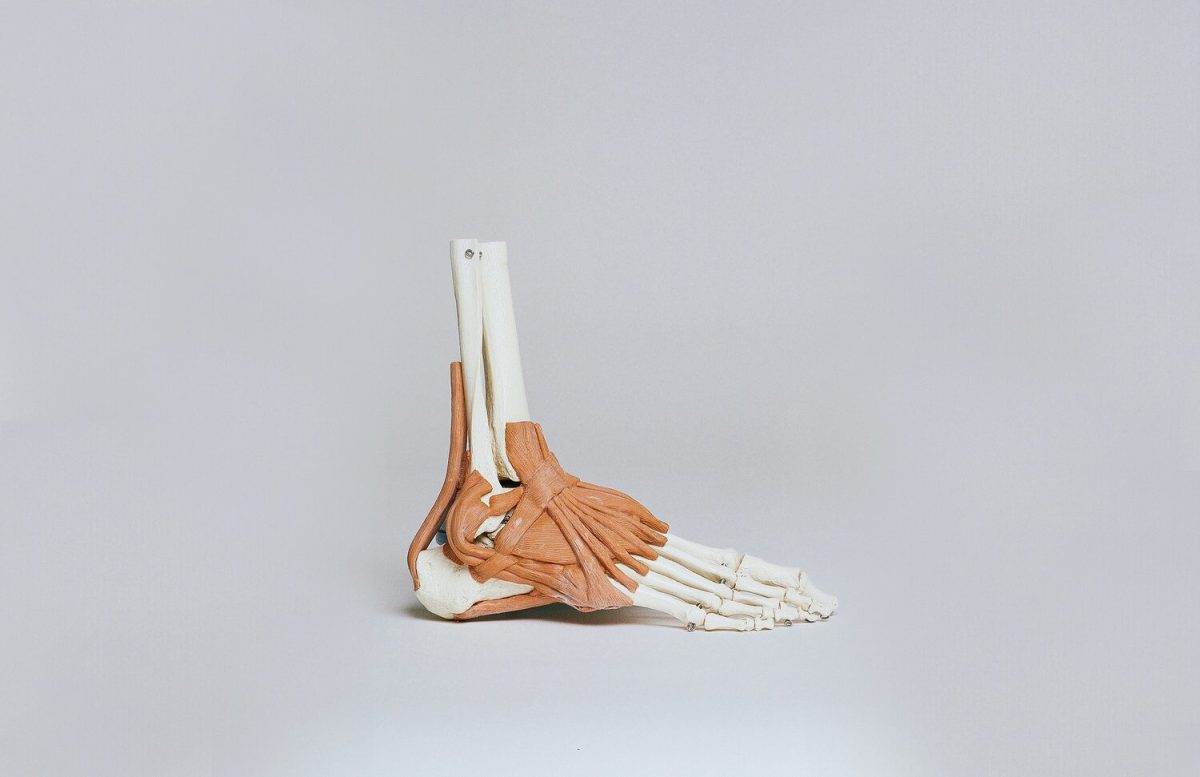Ankle sprains are one of the most common musculoskeletal injuries in people of all ages.
There are 3 regions of the ankle that can be sprained. By far the most common type of ankle sprain is the lateral ankle or inversion sprain. This comprises over 90% of all ankle sprains. The other 10% of ankle sprains are made up medial or eversion sprains and then there are high ankle sprains.
Many people who experience an ankle sprain do not seek medical attention.
When do I need to get medical attention?
Many ankle sprains can be self-managed if the pain, the instability, and the swelling are not too bad. However, if there is an inability to weight-bear comfortably more than 4 or 5 steps, then the person should likely access medical care. If there is marked swelling and associated instability, then there is likely good reason to be assessed by a medical professional.
Will I need an x-ray?
Most ankle injuries involve only the ligaments which cannot be assessed by x-ray. This is the reason why many ankle sprains do not need imaging. If a fracture is suspected, then an x-ray will likely be ordered. Physicians use a guideline call the “Ottawa Ankle Rules” to determine if an x-ray is needed. This is a system to decide if pain, the region of tenderness and inability to weight-bear may suggest a fracture. These rules identify patients with ankle fractures more than 95% of the time. It also helps reduce the unnecessary x-ray radiation for the patient, and expense to the system.
The Ottawa ankle rules include:
1. Inability to weight-bear more than a few steps
2. Lateral ankle bone point tenderness to pressure on the lower 6 cm of the back part of the tibia or the fibula
3. Tenderness on the tip of the tibia or the fibula
4. Tenderness on the base of the fifth metatarsal or tenderness on the navicular bone on the inside of the ankle
If you’ve recently sprained your ankle, you can self-refer to a Group23 Sports Medicine Physician using our Accelerated Access Sport Injury Clinic (AASIC).



 | Website Design Calgary
| Website Design Calgary